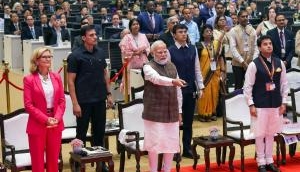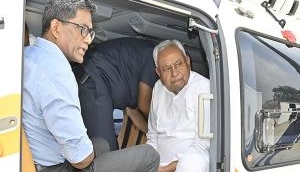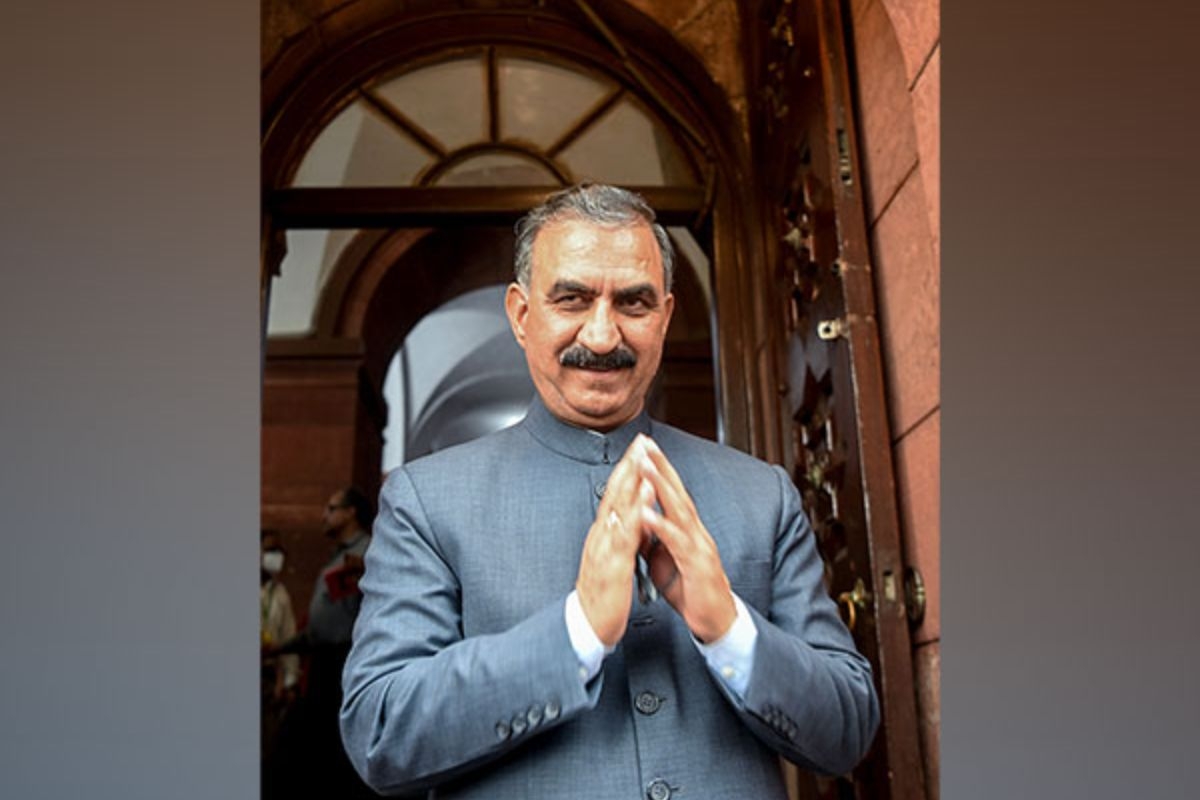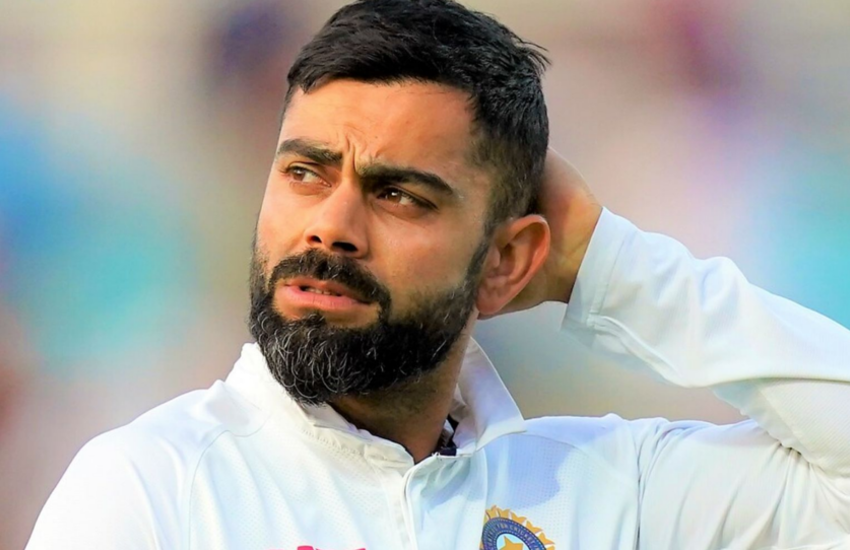NITI Aayog's vision document for Public Health: a good thing or bad?

- India has only seen two health policies till now
- The one currently in use is the 2002 revised version of the 1983 policy
- What all does NITI Aayog propose?
- What does the government feel?
NITI Aayog is currently in the final works of preparing a vision document that could steer the country's public health initiatives through its future course.
This is important as India has had only two health policy until now: first in 1983, and revised in 2002.
It also comes into prominence as after the 14th Finance Commission recommendations, states have a greater say in the financing of their health priorities.
What could it entail?
While the policy is yet to be released, NITI Aayog held a meeting in April and proposed outsourcing primary healthcare services to private doctors.
The body also proposed to promote competition between private and government hospitals at the secondary level. Secondary-level care involves services of medical specialists while primary centres are usually single-physician clinics, usually with facilities for minor surgeries
The proposals were based on the United Kingdom's National Health Service, the government-run health programme that has year-on-year diluted the role of the government in providing essential services.
Critics and various health experts have openly stated that it is preposterous to look at UK's health programme while formulating a policy for India.
The good bits
All proposals made by NITI Aayog aren't that bad though.
One proposal discussed during the meeting recommends all rural MBBS doctors be trained as family physicians with the government paying for each patient they treat.
Each district would have a select number of family doctors and patients would be able to choose whom to contact and promotions would be based on the number of patients each doctor attracts.
The discussions in the meeting also entailed providing government-aided laboratory services and free medicines to all primary healthcare centres.
At the secondary level, both private and government health centres would be incentivised by the government, leaving the choice of treatment to the patient.
The proposal states of incentivising those centres that provide more efficient treatment regardless of whether they are private or government run.
Surendra Srivastava of the Loksatta Movement who was part of the meeting in April had conveyed that corporate hospitals with high-cost treatments would not be promoted.
At the tertiary level, NITI Aayog is proposing incentivising low-cost private health alternatives like NGO-run institutions and missionary-run hospitals besides government-run institutions.
Policy in limbo
But it is hard to not be ominous about the proposals. In 2015, NITI Aayog, in a letter to the health ministry had objected to an increase in investments in public health and provision for free drugs and diagnostics, as suggested in the draft of the National Health Policy (NHP) 2014 of the ruling NDA government.
The NHP 2014 draft had received positive acclaim from the health sector but has been stuck in limbo ever since.
This is mostly due to the NITI Aayog and the Health Ministry not reaching a consensus on many of its suggestions, including a consistent increase in budgetary allocation for government-run public health centres.
The NHP had rooted for more investments in public healthcare stating, "It would be desirable but ambitious if India could aspire to a public health expenditure of four per cent of GDP, but most expert groups have estimated 2.5% as being more realistic. At such levels of expenditure, 'purchasing', would have to be mainly from public providers for efficient use of resources with purchasing from private providers only for supplementation."
The policy stated that compared to developing countries with better health statistics, India's investments in the health sector was much lower It had also proposed of involving private sector only to fill the gaps in public health initiatives.
The letter from NITI Aayog, however stated, "We need to assess whether drastically increasing investments will run into the law of diminishing marginal returns, besides posing as a challenge to the absorptive capacities of the state health systems." Which basically meant an outright reliance on the private sector.
Roadblocks ahead
The 12th Five Year Plan had promised universal health care and has not been taken off yet. Health being a state subject, what impeded most centrally-planned schemes is a consensus between the centre and states. Niti Aayog's vision plan is bound to face the same problem.
The drift between the steering committee in charge of finalising the National Health Policy and Niti Aayog's proposals seems to be stuck on the final policy draft.
Universal health care, as promised in the 12th Five Year Plan (2012-17), has not taken off as the Union and state governments have not reached a consensus on the model it should be based on and the services it would offer.
Edited by Jhinuk Sen
Also Read: NITI Aayog proposes tax holiday for electronics manufacturers. Will it work?
Also Read: Modi's honeymoon with NITI Aayog is over: Is an overhaul on the cards?
Also Read: NITI Aayog report favours entry of foreign universities in India
First published: 8 July 2016, 2:29 IST





![BJP's Kapil Mishra recreates Shankar Mahadevan’s ‘Breathless’ song to highlight Delhi pollution [WATCH] BJP's Kapil Mishra recreates Shankar Mahadevan’s ‘Breathless’ song to highlight Delhi pollution [WATCH]](https://images.catchnews.com/upload/2022/11/03/kapil-mishra_240884_300x172.png)

![Anupam Kher shares pictures of his toned body on 67th birthday [MUST SEE] Anupam Kher shares pictures of his toned body on 67th birthday [MUST SEE]](https://images.catchnews.com/upload/2022/03/07/Anupam_kher_231145_300x172.jpg)






